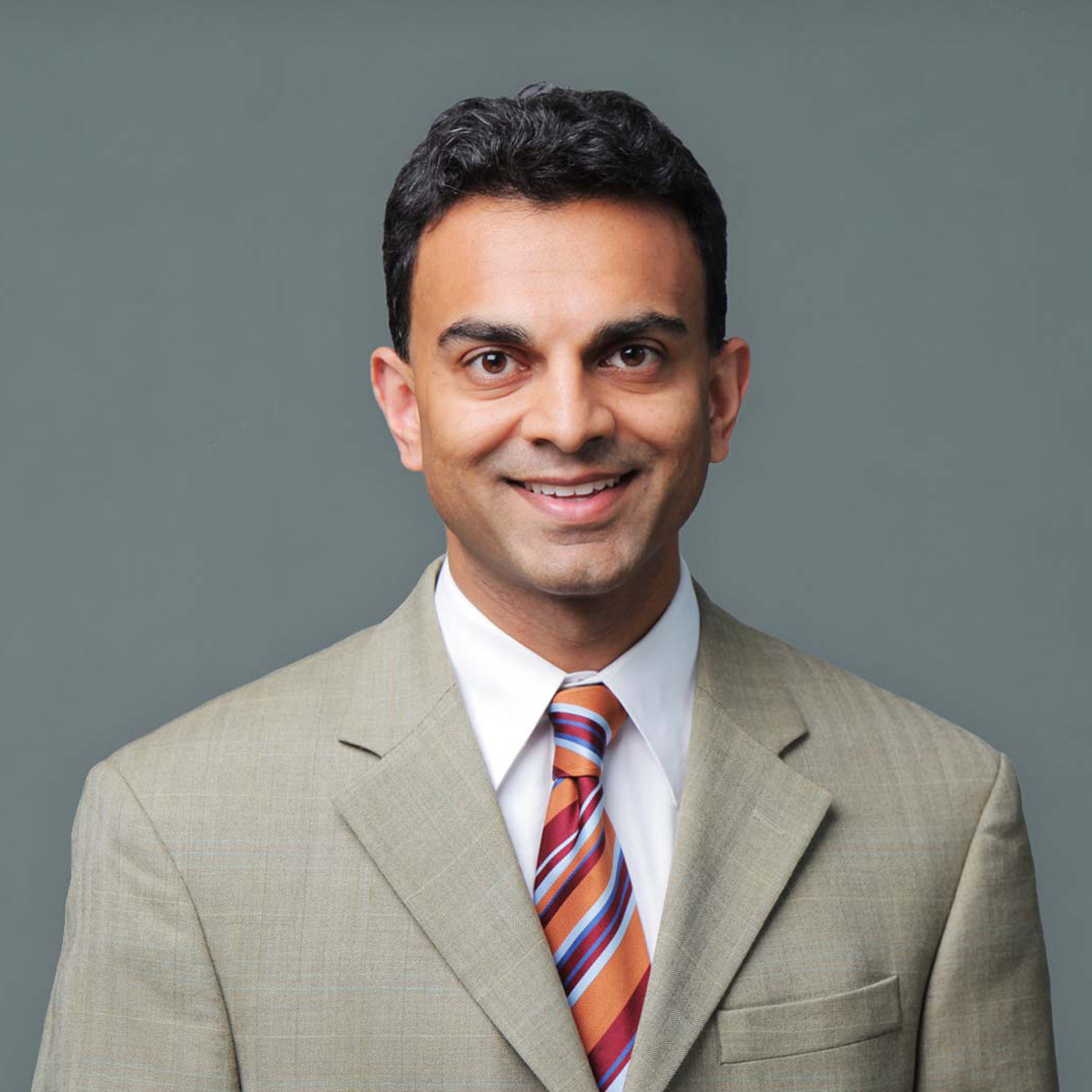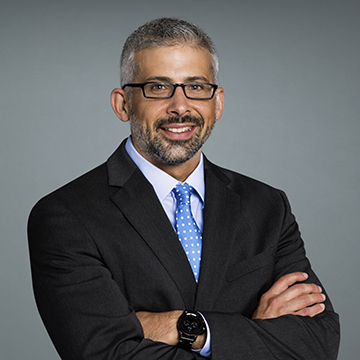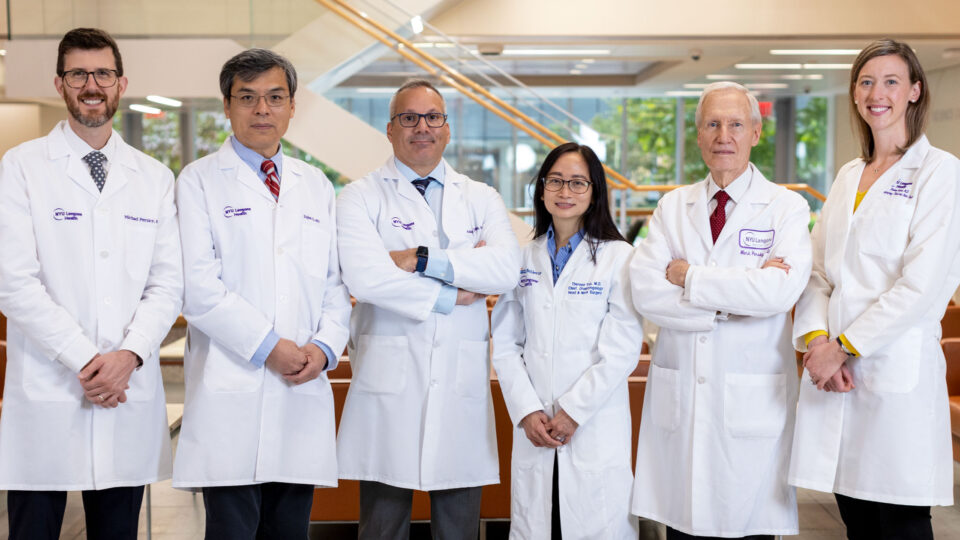When NYU Langone Health’s Voice Center launched in 2005, it was a modest undertaking consisting of center director Milan R. Amin, MD, chief of the Division of Laryngology; a secretary; and a shared medical assistant. After 20 years of strategic hires and investments, the center has earned an international reputation as a leader in performing office-based procedures—including a thyrohyoid technique for vocal fold augmentation developed by Dr. Amin. The center has also made its mark in caring for the performing voice and in treating airway and swallowing disorders.
Here, Dr. Amin and Ryan C. Branski, PhD, associate director of the center from 2010 to 2020 and vice chair for research in the Department of Otolaryngology—Head and Neck Surgery, reflect on their many advances and their approach to new challenges, like caring for an aging patient population.
Physician Focus: Over the past 20 years, which clinical interventions would you say have progressed the most? And how has the Voice Center contributed to that progress?
Dr. Amin: Probably office-based procedures. Most of them had just come into existence around 2000, so we were early pioneers in pushing that along. We probably had the city’s first office laser, which can be inserted via transnasal laryngoscopy to eliminate lesions.
“We saw the potential—even when one of our first treatment rooms was a converted closet.”
Ryan C. Branski, PhD
In the beginning, our office-based treatments focused on recurrent respiratory papillomatosis, which requires multiple procedures. Bringing that into the office saved patients from general anesthesia. We were also doing procedures on performers and professional voice users who wanted to avoid the operating room. The recovery was fairly quick, and the outcomes were excellent—and continue to be. We published over the years in both of those areas.
Physician Focus: What other innovations have helped the Voice Center grow?
Dr. Branski: In 2010, we developed the city’s first multidisciplinary care model. We brought together speech pathologists, gastroenterologists, pulmonologists, and other specialists. We were seeing patients collaboratively, which afforded a nice opportunity to train residents and fellows and to do impactful, translational research. It was self-fulfilling too, because those specialists were referring patients to us; we were referring patients to them.
Physician Focus: The center has made a concerted effort to partner with performers and groups in the community most in need of vocal care. How have these partnerships helped to expand the center’s reach and impact?
Dr. Branski: We’ve worked to establish relationships both internally and externally—for example, with theater companies, and with the NYU Steinhardt School of Culture, Education, and Human Development to build out our education component. We view ourselves as a resource for the community. We saw the potential—even when one of our first treatment rooms was a converted closet.
Dr. Amin: Our partnership with NYU Steinhardt is quite unique. We helped create a class on vocology; it’s a whole curriculum based on studying the mechanics of voice and how to prevent injury. There’s a lot of training that we do with the speech language pathology group and vocal professionals there. Some of it’s about educating singers on how to prevent injury, but it’s also about training the next generation of clinicians on caring for singers and vocal professionals.
Physician Focus: You recently established a center dedicated to the care and study of swallowing disorders. Can you tell use more about this?
Dr. Amin: This is one of our recent big achievements. When we moved to our current location and expanded our footprint, we were able to put together an in-office fluoroscopy suite—one of the only suites of its kind in the entire laryngology community. It allows us to do a comprehensive swallowing evaluation on the day of the initial patient visit. We now do over 2,000 fluoroscopies a year in our office.
“We now do over 2,000 fluoroscopies a year in our office.”
Milan R. Amin, MD
Dr. Branski: It’s a one-stop shop for patients. Plus, we now have this gold mine of data for research. We’ve secured multiple NIH grants focused on swallowing because we have access to both the patients and the infrastructure. We can ask questions, direct patient care, and optimize treatment, all because we received buy-in from the institution to install a fluoroscopy suite in the building.
Physician Focus: What’s one of the biggest emerging challenges and how is the Voice Center addressing it?
Dr. Amin: People are living longer than ever before, and there are a range of issues that occur both within the voice and with swallowing as people age. Dysphagia, in particular, is a highly morbid condition if it leads to aspiration pneumonias. On the voice side, more and more older adults are continuing to work later in life, and many develop issues related to their voice requiring care.
I’m much more aggressive now than I was 20 years ago in managing patients with presbylaryngis. We do injection augmentations and other more involved procedures. We also provide aggressive rehabilitation through our speech–language pathology colleagues.
From a swallowing perspective, our colleague Sonja M. Molfenter, PhD, has an RO1 to look at pre-frail older adults and their swallowing function to determine if we can rehabilitate that function with a combination of exercises and protein supplementation.
Dr. Branski: Milan is one of a group of physicians that has started an international group, the Dysphagia Surgical Society, to optimize surgical management of swallowing issues. As a field, we just don’t have that much to go on. He’s helping gather experts across the country to determine the best ways of caring for these patients, which is really exciting.







